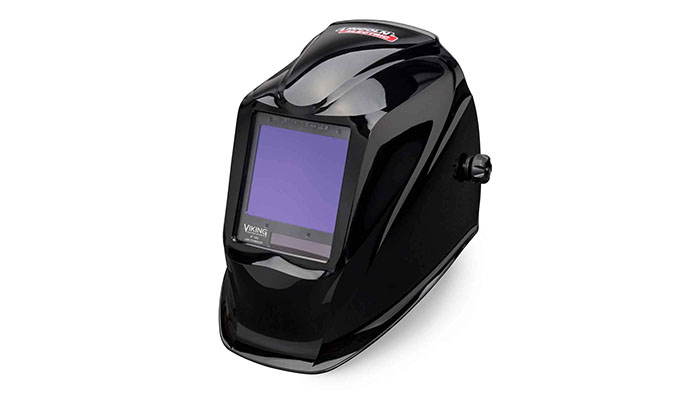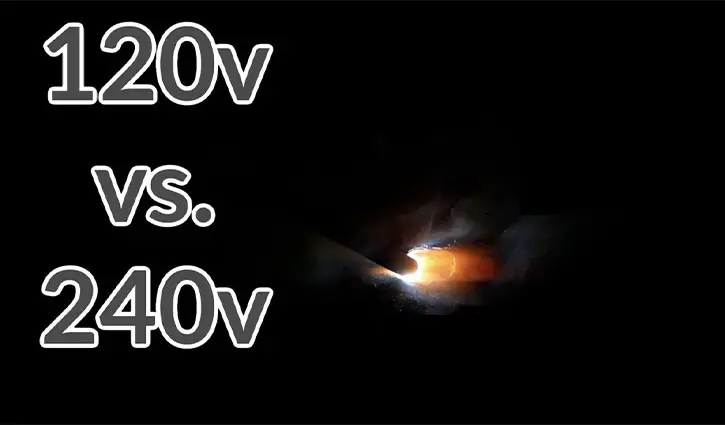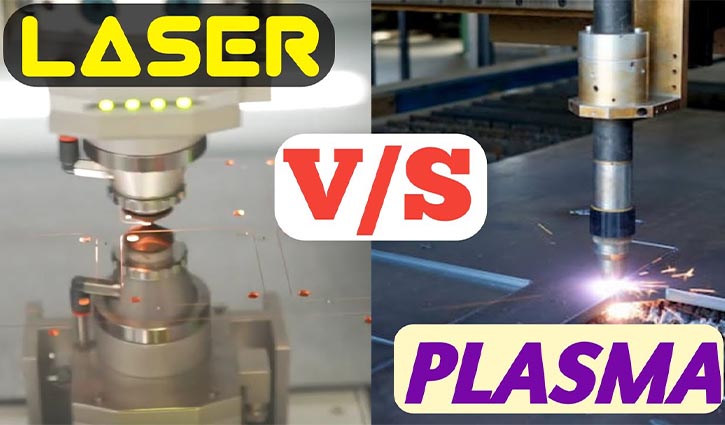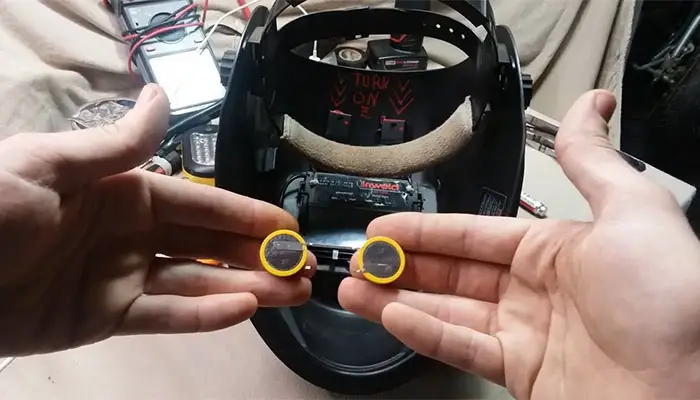110v Welder Vs 220v Welder: Which One Will Be Better Option
Welding requires the maintenance of several parameters. Among them, maintaining the correct voltage while welding is a must.
Normally, welders weld metals between 110v and 220v. However, welding at two different voltages gives widely different results. So you might wonder about the differences between welding with these two voltages.
Let us help you identify the results of welding with 110v and 220v by comparing them side by side. In that way, you will have a deeper understanding of this matter.
Table of Contents
Comparison Table Between 110v Welder 220v Welder
Welding in 110v and 220v will give significantly different results in some cases and similar results in other cases. We will go into details regarding this later on. Right now, we will compare them side by side.
| Topic | 110v welder | 220v welder |
| Voltage | Less voltage | Higher voltage |
| Duty cycle | Shorter than 220v welder | Much longer |
| Penetration | More shallow penetration | Deeper penetration |
| Heat distribution | Less even | More even |
What is 110v Welder
Although it is hard to find, 110v welder is value for money when you have to weld thin metals. This can operate within the range of 25 amperes to 140-ampere current. Moreover, a 110v welder needs around 6-8 kW power to run.
Pros-cons of 110v welder
A 110v welder not only has its positives but also some mentionable negatives. You must decide if any of these is a dealbreaker for you. We will discuss the upsides and downsides separately now.
What is a 220v Welder?
A 220v welder operates on the potential difference of 220 volts. It draws from 8500 watts up to 11000 watts. It can operate from 30-40 amperes of input voltage. The output is much larger compared to the input.
Pros-cons of 220v welder
A 220v welder has some pros and cons that you need to consider. Let us give you an outline so that it becomes easier for you to decide.
110v Welder vs 220v Welder: Difference
A 110v welder has some mentionable differences with a 220v welder. Some of the major differences between them are discussed below:
Voltage: The 110v welder operates at 110 volts whereas the 220v welder has a potential difference of 220 volts.
Penetration Capacity: The 110v welder can generally penetrate around ⅛ inch thick metal sheets. On the other hand, a 220v welder has a penetration capacity of ¼ inch to ½ inch material.
Duty cycle: A 110v welder has a lower duty cycle compared to a 220v welder.
Price: A 220v welder is more expensive than a 110v welder. However, it is to be expected as a 220v welder packs more capacity.
Current: The working amperage is significantly less when you work with a 220v welder instead of a 110v welder.
110v Welder vs 220v Welder: Similarities
The 220v welder bears some similarities with the 110v welder.
For instance, both of these voltages can be used in different types of welding.
Furthermore, the end result is quite similar after welding whether you use a 110v welder or a 220v welder.
In addition to that, both welders can work in a similar environment. Although a 220v welder can penetrate deeper, it can also accomplish everything a 110v welder can do.
110v Welders vs 220v Welder: Which One To Choose
If you think that you can shell out some extra money, it would be definitely better for you to buy a 220v welder.
The 110v welder is scarce, making it hard for you to buy one. However, you do not need to spend some extra bucks on a 220v welder if you are not a professional welder. Also, the 220v welder has a longer duty cycle than a 110v welder. A 220v welder can also penetrate deeper.
Frequently Asked Questions
For light and basic welding works, a 110v welder is sufficient. However, they fall short if the metal plates are thick.
Yes, you can run a 110 welder off an extension cord. However, it is not recommended. That’s because the wire may not be thick enough, and the materials used in the wire may even be cheap. So, it is suggested to control the quality of the wire.
In case your welder has a lower working voltage, you can easily get by with it. However, if the potential difference is higher, it may need a few more amperes to adjust.
Verdict
This article covered almost everything there is you need to know about a 110v welder and a 220v welder. If you still can’t decide on which one to buy, consult with a professional welder.
Nowadays, most welding machines have dual voltage support. Hence, you needn’t worry. We wish you the best.






